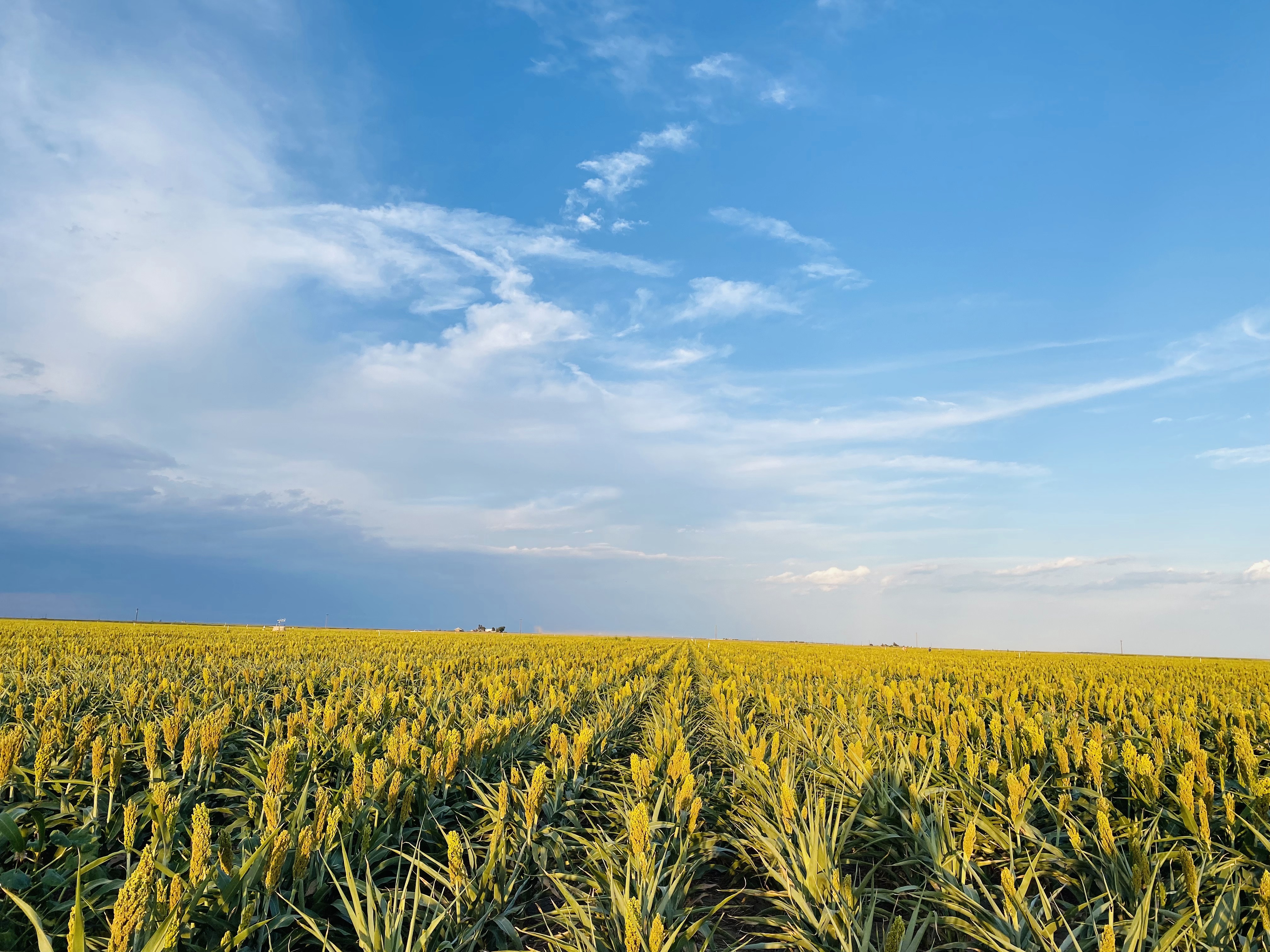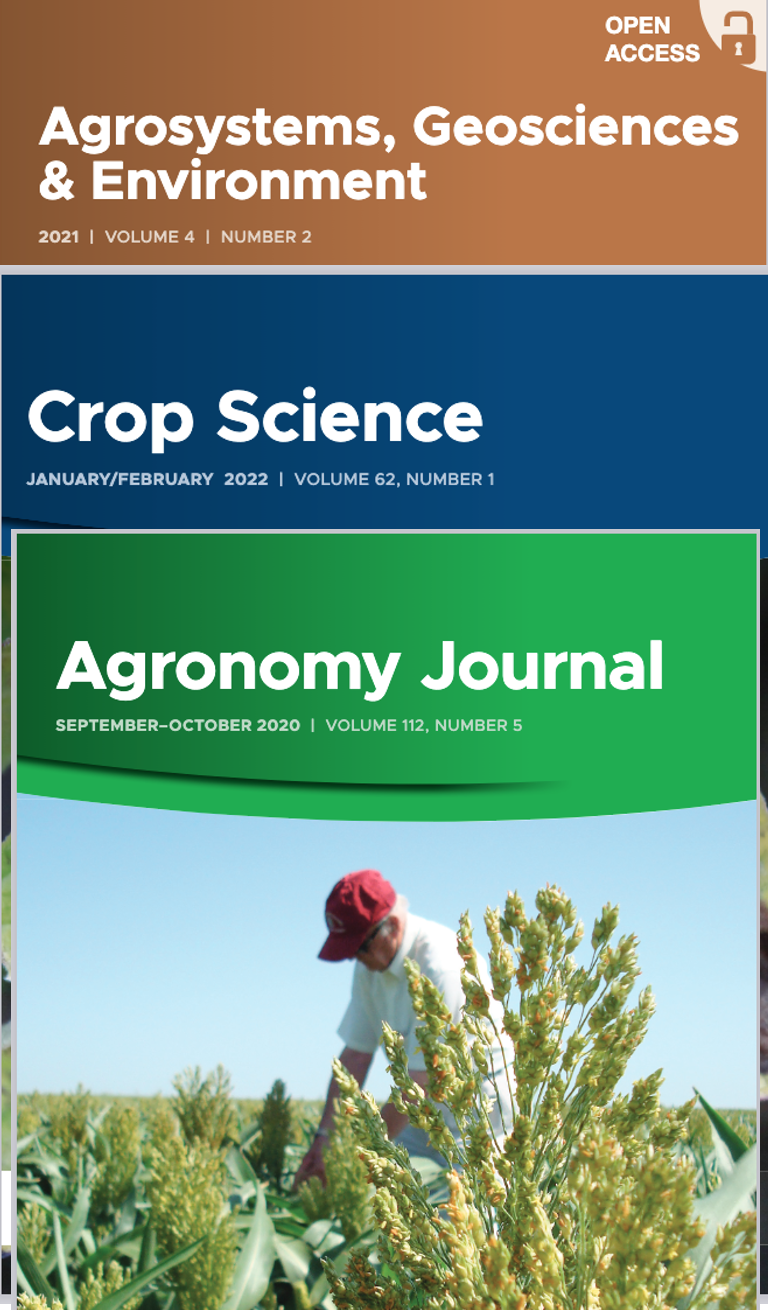Pramod Pokhrel, Ph.D.
Research Agronomist
I am a Research Agronomist in the Arid Land Agricultural Research Center at United States Department of Agriculture, Maricopa, AZ. I completed B.Sc. (Agriculture) from the Institute of Agriculture and Animal Science (IAAS), Nepal, in 2010. I worked as a District Coordinator for Vegetable Seed Project (VSP-III) at the Center for Environmental and Agricultural Policy Research, Extension, and Development (CEAPRED), Okhaldhunga, from 2012- to 2013. I joined Dryland Agricultural Institute at West Texas A&M University, Canyon, Texas, in 2014 and completed the MS in 2016. I earned a Ph.D. in 2020 from Texas A&M University. My past and current research focuses on cropping systems, crop simulation modeling, and greenhouse gas emission. I am the leader of the American Society of Agronomy (ASA) Soil Carbon and Greenhouse Gas Emissions community I am also a life member of Association of Nepalese Agricultural Professionals of Americas (NAPA). I am serving as a the chair of Research and Capaciaty Building Committee in NAPA.

My primary research centers around climate adaptive agriculture to promote environmental sustainability within complex agricultural systems. I specialize in on-site research using sensor technologies and modeling tools to better understand the crop environmental dynamics of a production system, and then investigate how environmental factors affect the production and productivity of an agro ecosystem. My current research focuses on understanding the dynamics of greenhouse gas (GHG) emission and developing an emission model in a minimally tilled sorghum–fallow–wheat cropping system in semi-arid Texas High Plains. This study is a part of a multi-state research project that aims to acquire 'gold-standard' data on GHGs (nitrous oxide, cabron oxide, and methane) emissions from a grain-based feedstock production system in the Southern Great Plains. In this study we are measuring high-frequency GHG emissions using some of the most advanced instruments available, such as Tunable Infrared Laser Directed Absorption Spectroscopy (TILDAS), Eddy Covariance system, and an intensive network of sensors.

My primary research centers around climate adaptive agriculture to promote environmental sustainability within complex agricultural systems. I specialize in on-site research using sensor technologies and modeling tools to better understand the crop environmental dynamics of a production system, and then investigate how environmental factors affect the production and productivity of an agro ecosystem. My current research focuses on understanding the dynamics of greenhouse gas (GHG) emission and developing an emission model in a minimally tilled sorghum–fallow–wheat cropping system in semi-arid Texas High Plains. This study is a part of a multi-state research project that aims to acquire 'gold-standard' data on GHGs (nitrous oxide, cabron oxide, and methane) emissions from a grain-based feedstock production system in the Southern Great Plains. In this study we are measuring high-frequency GHG emissions using some of the most advanced instruments available, such as Tunable Infrared Laser Directed Absorption Spectroscopy (TILDAS), Eddy Covariance system, and an intensive network of sensors.

